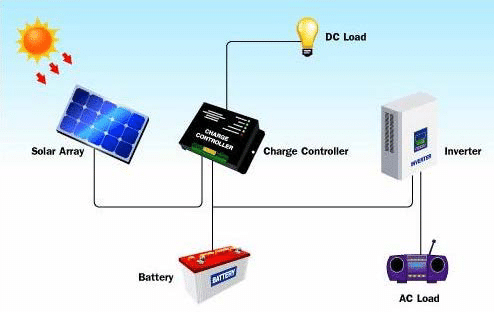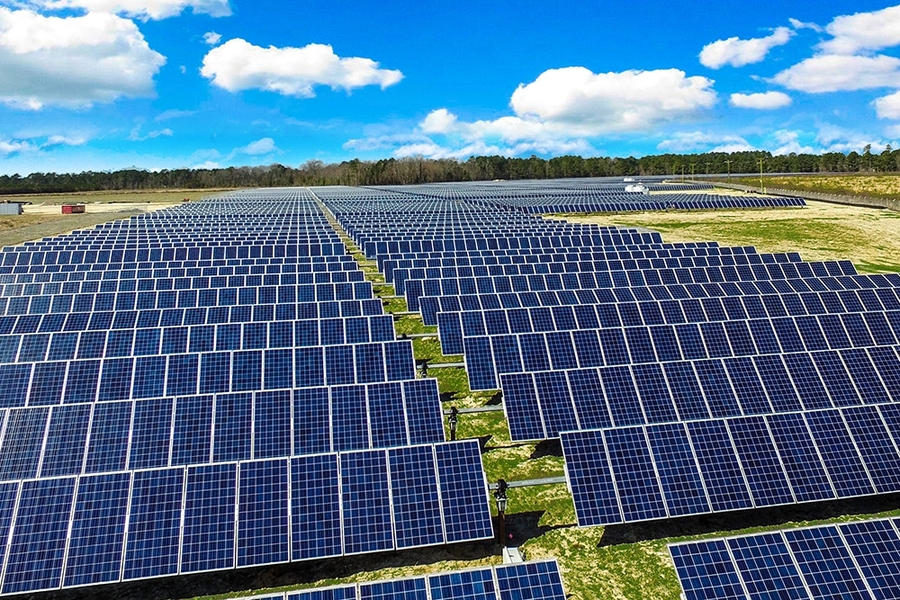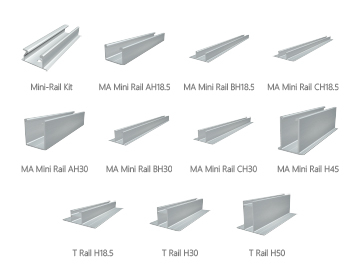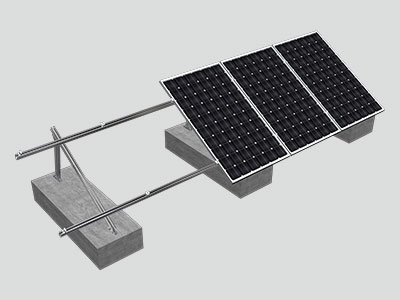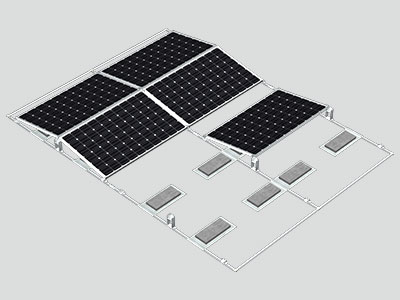Solar photovoltaic system
Solar PV is the rooftop solar energy you see in homes and businesses. Learn more about how we harness solar photovoltaic power and what you need to consider before investing.
It allows solar PV system designers to increase solar array yields due to cloudy conditions or long-term degradation of the solar array.
What is solar photovoltaic? (Solar Photovoltaic)
The term “solar panel” is often used interchangeably to describe panels that generate electricity and hot water.
Solar panels that generate electricity are called solar photovoltaic (PV) modules. These panels generate electricity when exposed to light. Solar PV is the rooftop solar energy you see in homes and businesses.
Solar panels that produce hot water are called solar collectors or solar water heaters.
Solar Power Grants focus on photovoltaics, where solar panels capture light from the sun and convert it into electricity used in your home to power your TV, kettle, toaster, phone charger, radio, oven, and more.
Generate electricity from solar photovoltaics
A solar power system (PV) typically consists of the following components:
Solar panels on the roof, which generate direct current (direct current – just like a battery).
An “inverter” converts it to alternating current (AC – just like the electricity in your home outlet).
Sometimes batteries on large systems can save energy for later use.
Solar PV systems only generate electricity during the day, mainly around noon. In Ireland, about 75% is produced between May and September. If this electricity is not used at home, it is exported to the grid.
It’s best to maximize the amount of solar power you use in your home. You can do this by sizing your solar PV system to suit your needs.
We organize our grants based on detailed analysis and research. It is in your interest to increase the amount of solar power you use in your home. However, there is a trade-off between reducing excess energy output to the grid and the additional cost of batteries or other energy storage systems.
Installing a Home Solar PV System
A home solar photovoltaic system consists of many solar panels installed on the roof (or in the garden) and connected to electrical loads within the building. The solar panels generate direct current (direct current – just like a battery), which is then converted to alternating current in an inverter (alternating current – like the electricity in a household outlet). Solar photovoltaic systems are rated in kilowatts (kW). A 1kW solar PV system requires 3 or 4 solar panels on your roof.
Any excess electricity generated can be stored in batteries or other storage solutions, such as hot water soak tanks. It can also be exported from your home to the grid on your street.
What solar PV system is right for my needs?
Size
The size of the solar PV system you purchase will depend on many factors,
- The amount of electricity you use at home
- Your time at home
- The direction of the roof
The installer you choose should discuss all of the above factors with you. Your installer will also examine your current and past power usage to calculate the appropriate system size.
Economic benefit
To understand the financial benefits, you should consider
- Payback period installation cost
- Reduce the power required by utility providers
Considerations
When to invest
It is also important to evaluate the energy performance of the entire home before considering an investment in solar technology. We recommend the following ways to improve the comfort of your home and reduce your carbon footprint:
- Make sure your home has a good Energy Performance Rating (BER). This means isolating walls, attics and making sure you have good double or triple glazing.
- Upgrade your heating system by installing a heat pump.
- Consider solar photovoltaic or solar thermal.
Planning
Generally, solar panels occupying less than 50% of the total roof area (approximately a 6 panel system) do not require planning permission. Seek guidance on planning permission from your local authority if:
- Your system is larger than 6 panels or 2kW
- Your home is a protected structure
- Your home is in a conservation area, such as a building conservation area
Roof Orientation
- The most suitable roofs face south and generate the most electricity. However, any roof in good condition with no shade will work fine. Shadows on a solar panel can greatly reduce its ability to generate electricity, especially shadows caused by objects less than 10 meters from the panel.
- Solar panels are expected to last more than 20 years. Your installer should check that your roof is in good condition for the PV system.
- Installing solar panels on your roof often means adding additional timber roof supports to your roof. A solar panel racking system is attached to these new timber supports.
